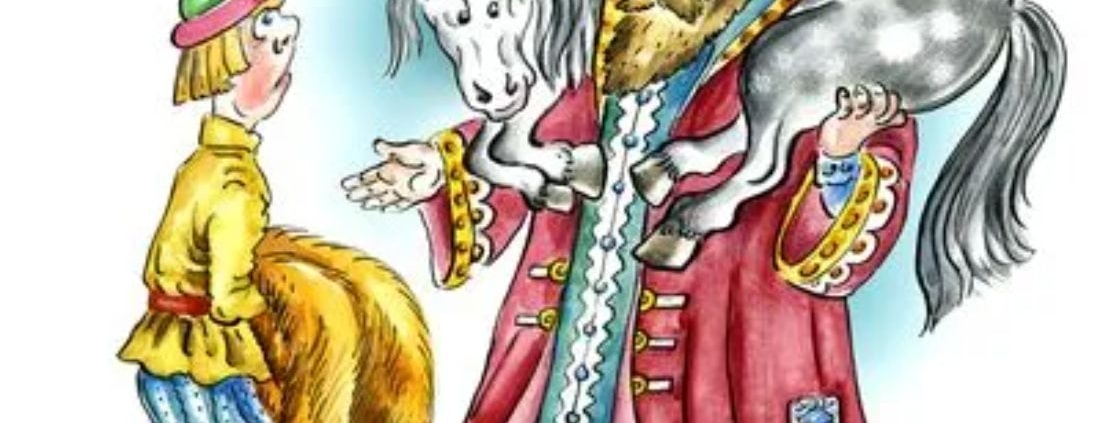History of Bankruptcy
History of Bankruptcy
The History of Bankruptcy hearkens all the way back to Ancient Greece. Actually, the word “bankruptcy” comes from the combination of the Ancient Latin words “bancus” (bench or table) and “ruptus” (broken). It was commonplace for bankers to conduct business in the village square on a small bench. If, for whatever reason, you had to shut your business down, you broke your bench in two as a symbol to the community that you would no longer be in business.
In Ancient Greece, if you could not pay your debt, your creditors forced you, your wife and even your children, into “debt slavery”. “Debt slavery” was a limited form of real slavery that lasted for five years and then you were released by your creditor. Time and society progressed. Reading the Old Testament, we know that every seventh year was decreed a “Sabatical” year. or “Year of the Jubilee”. During each Sabatical year, all members of the Jewish community (but not gentiles) were required to release all debt and debt slaves held by one another.
Medieval and Renaissance Influences on Bankruptcy
In 1542, in England, Henry VIII passed what are considered the first official laws codifying the concepts of bankruptcy. Shortly thereafter, concepts such as disclosing all of you assets for orderly liquidation (auction) started to take hold. In the eighteenth century, you were finally able to discharge of all debts that you were not able to pay. It rewarded debtors who truthfully disclosed all of their assets and debts with the ability to obtain a fresh start and move on with life (similar to modern Chapter 7 Bankruptcy).
The History of Bankruptcy in the United States
Similar to the English system, the Bankruptcy Act of 1800 in the United States was very creditor-oriented and only permitted involuntary bankruptcies of merchant debtors. Individual debtors possessed no right to file bankruptcy on their own. However, some clever debtors figured out that they could ask a friendly creditor to file the bankruptcy case. Unfortunately, the bottom line was that you yourself were still beholden to the banks and lenders.
Evolution of Modern Bankruptcy in the United States
Over time, more and more bankruptcy developments emerged in favor of the individual debtor. These developments culminated with a 1934 U.S. Supreme Court decision that stated that bankruptcy should provide “the honest but unfortunate debtor a new opportunity in life and a clear field for future effort, unhampered by the pressure and discouragement of preexisting debt.” To this day, that sentiment still holds true. Bankruptcy is for the honest but unlucky American. You should not have to suffer for the rest of your life because of bad luck.
Contact The Law Offices of Dax J. Miller, LLC
If you have questions about debt and bankruptcy, contact The Law Offices of Dax J. Miller, LLC today.





